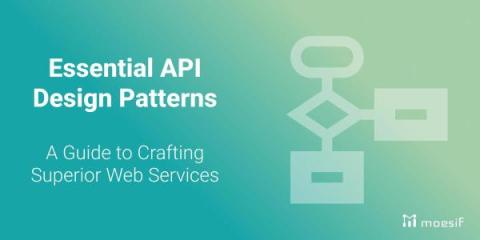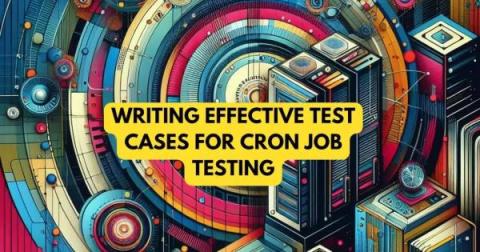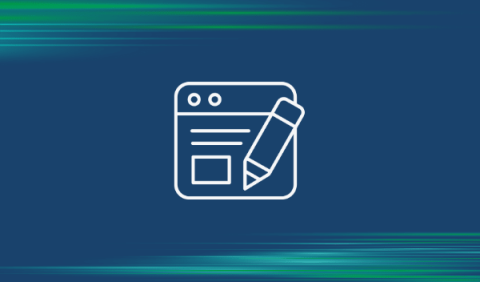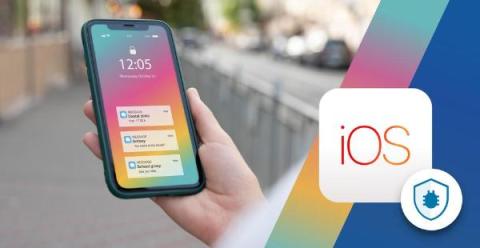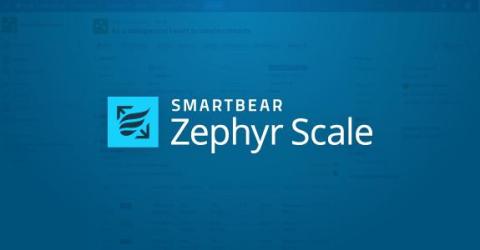Essential API Design Patterns: A Guide to Crafting Superior Web Services
When building APIs, developers face a crucial challenge: how to ensure they are structured for both ease of use and long-term scalability. API design patterns offer solutions to this challenge, serving as a roadmap for creating efficient, reliable, and adaptable web services. This guide unpacks these patterns, equipping you with the approaches needed to turn your API into an exemplary model of good design.


